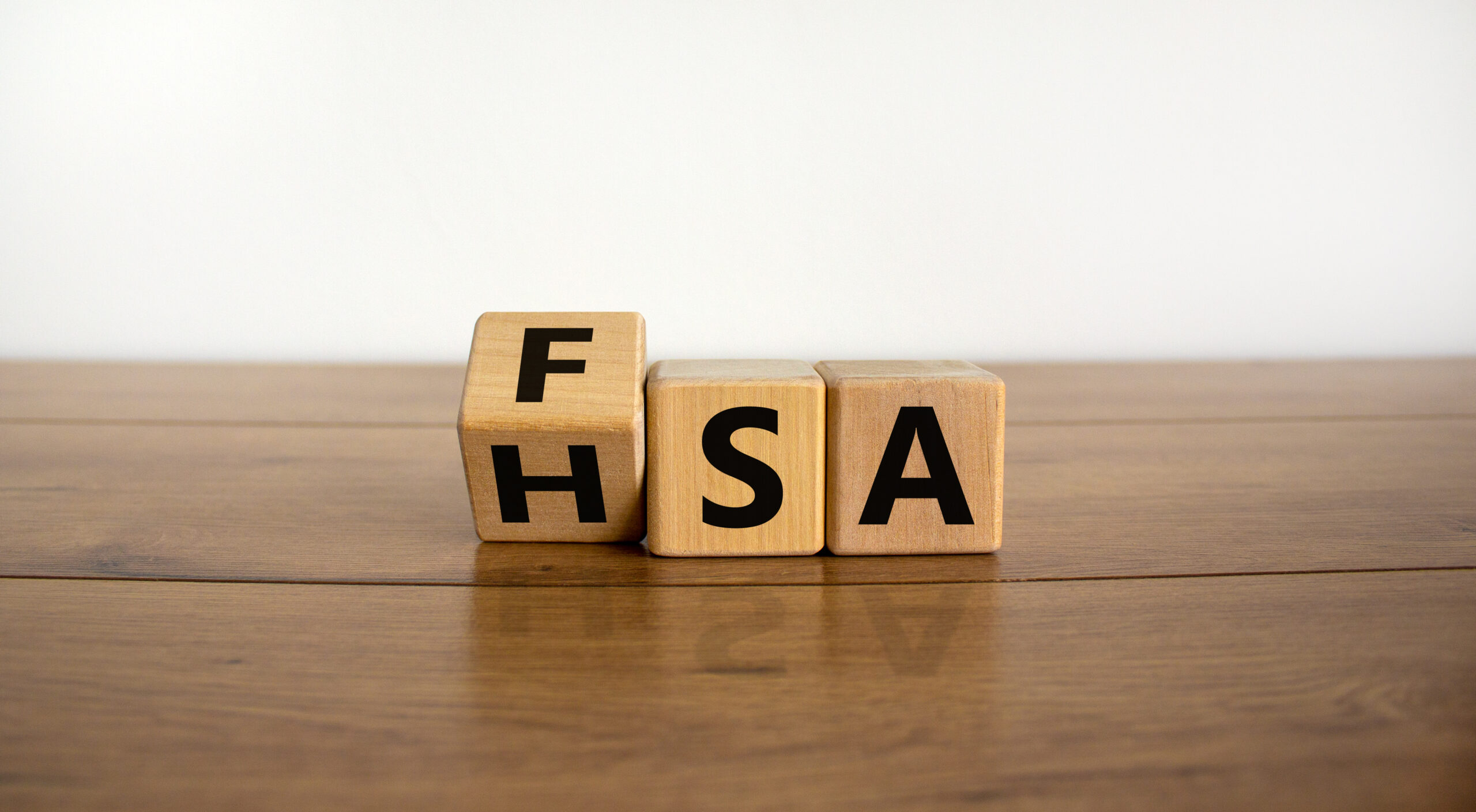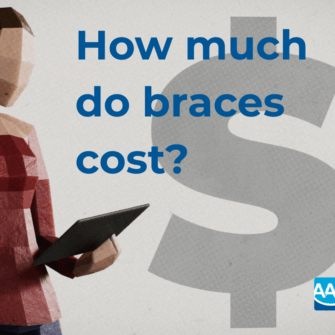When navigating the financial aspects of orthodontic care, you might wonder if you can use your Health Savings Account (HSA) or Flexible Spending Account (FSA) to manage the costs. The good news is that you can use funds from your HSA or FSA account for most orthodontic treatments.
Read on to learn more about how you can finance orthodontic care for yourself or your child with an HSA or FSA.
What is an HSA or FSA account?
HSAs and FSAs are tax-advantaged accounts that can be used to pay for qualified medical expenses, including orthodontic treatments. While both offer significant tax benefits, eligibility, contribution limits, and usage rules differ.
Health Savings Accounts (HSAs)
HSAs are available to individuals enrolled in a high-deductible health plan (HDHP). They are designed to help you save for qualified health expenses your insurance doesn’t cover. Beyond all contributions being tax deductible and all growth and withdrawals being tax-free, one of the critical benefits of HSAs is that the funds roll over from year to year. This eliminates any pressure to spend the balance within a specific timeframe, allowing you to save more for future treatments.
Flexible Spending Accounts (FSAs)
FSAs are employer-established benefit plans that allow employees to set aside pre-tax dollars for out-of-pocket medical expenses. Unlike HSAs, you don’t need to be enrolled in a high-deductible health plan to qualify for an FSA. These accounts are known for their “use-it-or-lose-it” requirement, meaning that any funds not used by the end of the plan year (or grace period, if provided by your employer) are lost.
How to Use Your HSA or FSA for Orthodontic Treatment
In most cases, you can use your HSA or FSA for eligible orthodontic treatment. Only the portion of your orthodontic payments not paid by your dental insurance or any other plan may be considered an eligible expense.
Both HSAs and FSAs can cover a wide range of orthodontic expenses. These include, but are not limited to:
- Initial consultations and diagnostic tests.
- Braces.
- Clear aligners.
- Retainers and follow-up care after braces.
- Other orthodontic appliances and treatments.
Planning is vital, given the contribution limits and rules of HSAs and FSAs. For long-term treatments like orthodontics, you may need to strategize how to allocate your funds over the duration of your treatment. This might involve planning your contributions to these accounts based on projected treatment timelines and costs.
The Benefits of Using HSAs or FSAs for Orthodontics
Utilizing HSAs and FSAs for orthodontic care offers several benefits, making these financial tools highly valuable for patients seeking orthodontic treatment. Here are some of the most notable advantages:
Tax Advantages
Contributions made to HSAs and FSAs are pre-tax, which can reduce your taxable income. For HSAs, the funds grow tax-free, and withdrawals for qualified medical expenses are also tax-free. FSAs, while not accruing interest, still provide the benefit of using pre-tax dollars for medical expenses.
Reducing Out-of-Pocket Costs
Orthodontic treatment can be a substantial financial investment. By using HSAs and FSAs, you can lower your out-of-pocket expenses. Since these accounts allow you to use pre-tax dollars, you get more value for every dollar spent on orthodontic care compared to paying with after-tax dollars.
Effective Budgeting
Both types of accounts can help you budget for orthodontic care. For FSAs, knowing you have a set amount to spend within a year can help you plan treatment and payments. HSAs offer more flexibility as the funds roll over from year to year. This allows you to accumulate funds over time, which can be particularly helpful for long-term orthodontic treatment.
Flexibility and Convenience
Most AAO orthodontists are accustomed to working with patients using HSAs and FSAs, which creates seamless transactions. Additionally, using HSA/FSA debit cards can make paying for treatment straightforward and convenient.
Broad Coverage
HSAs and FSAs cover a wide array of orthodontic services, providing financial support for traditional braces, as well as other treatments and appliances. This comprehensive coverage ensures that patients can access the treatments that best suit their needs.
Take Advantage of HSA Savings with an AAO Orthodontist
HSAs and FSAs offer valuable financial resources for managing the costs associated with orthodontic care. As you consider orthodontic treatment, remember that the expertise of a qualified orthodontist is critical for ensuring the best outcome. AAO orthodontists understand the complexities of orthodontic treatment and are committed to crafting personalized treatment plans that cater to each patient’s unique needs.
AAO orthodontists also have ample experience working with patients who wish to use HSAs or FSAs for treatment. Your orthodontist can provide detailed information about the cost of treatment, help in planning and budgeting for expenses, and assist in making the most out of your HSA or FSA contributions.
To achieve your best smile with HSA or FSA funds, find an AAO orthodontist near you.



